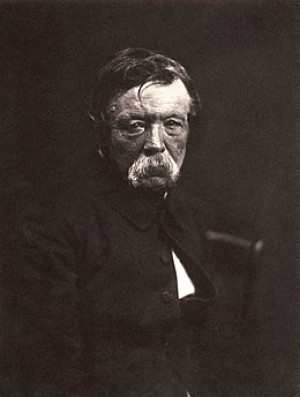21, rue de Saillé
44350 GUÉRANDE
David D'Angers ( - )

French sculptor and medallist, representative of Romanticism in 19th century French sculpture. Pierre-Jean David was born in Angers. He was the son of a modest woodcarver who worked as a sculptor and ornamentalist. David began his artistic studies under the direction of Jean-Jacques Delusse, a professor at the École Centrale d'Angers.
His father opposed his son's decision to go to Paris to fulfil his vocation and refused to finance his departure. After a failed suicide attempt, his father let him leave for Paris with forty-five francs collected by his mother and sisters, and fifty francs lent to him by his master, Delusse.
In 1808, in Paris, David sculpted ornaments for the Carrousel triumphal arch, then worked on a frieze for the Louvre Palace.
In 1809, he won a medal at the Academy, and was noticed by his namesake, the painter Jacques Louis David, who took him under his wing and made him work in his studio. He also followed the teaching of the sculptors Pajou and Roland. His works, exhibited a little later at the test competition, enabled him to benefit from a pension of six hundred francs voted by the town of Angers.
In 1810 he won the second prize for sculpture, and in 1811 the Grand Prix de Rome. He left as a boarder at the Académie de France in Rome. The winning work was sent by the artist to the museum of his native town, as was the work for his second prize. In Italy, ancient art was a source of inspiration during his travels and studies.
After his stay in Rome, David crossed France to London, where he met the artist Flaxman, and worked on the Wellington monument. David returned to Paris in 1818.
The royal authorities entrusted him with the execution of the Statue of the Grand Condé, which appears in the main courtyard of the Châteaux de Versailles. In 1825, his reputation established, he was named Knight of the Legion of Honour. In 1826, he was elected member of the Institut de France and appointed professor at the Ecole des Beaux-Arts in Paris on 11 January 1826.
He produced a number of monuments, tombs, statues, busts and bas-reliefs, including the famous pediment of the Pantheon in Paris in 1837. In the 1830s, he sculpted an important series of medallion portraits of contemporary personalities in which he applied the principles of phrenology to an aesthetic level.